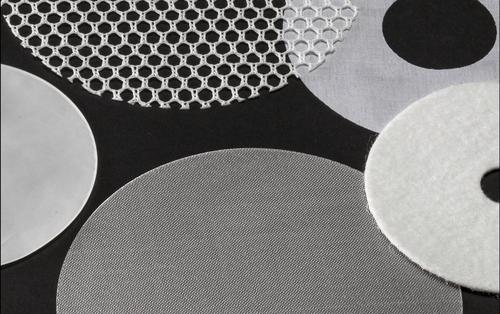Lots of medical implants for body structures will continue to be made of strong stuff like metals and tough plastics.
Lots of medical implants for body structures will continue to be made of strong stuff like metals and tough plastics. Some plastics are even being developed to meet the needs of different types of implants, with tunable characteristics such as antimicrobial properties. But there's also a trend away from passive, permanent implants to absorbable ones that aid wound healing and then dissolve when their job is done.
Those soft tissue implants must be lighter in weight and they must be
manufactured with less overall material, Rick Crane, vice president of
the innovation services group for J-Pac Medical, told Design News at UBM's BIOMEDevice
conference in Boston. Among other things -- forming,
assembly, and packaging for a broad range of materials -- the company
manufactures anatomically correct, class III implantable textile
assemblies.
The materials used to manufacture these implants are in the form of
textiles, said Crane. These textiles are usually made of polyester and
polypropylene, which have been used for years in implants destined for
soft tissue. J-Pac Medical, which does contract manufacturing and
product development for implants and medical devices, had examples of
these materials on display at its booth. Many of them look like netting
or fine screens. Some of the implants made with them are absorbable, and
some may be used for drug delivery.





